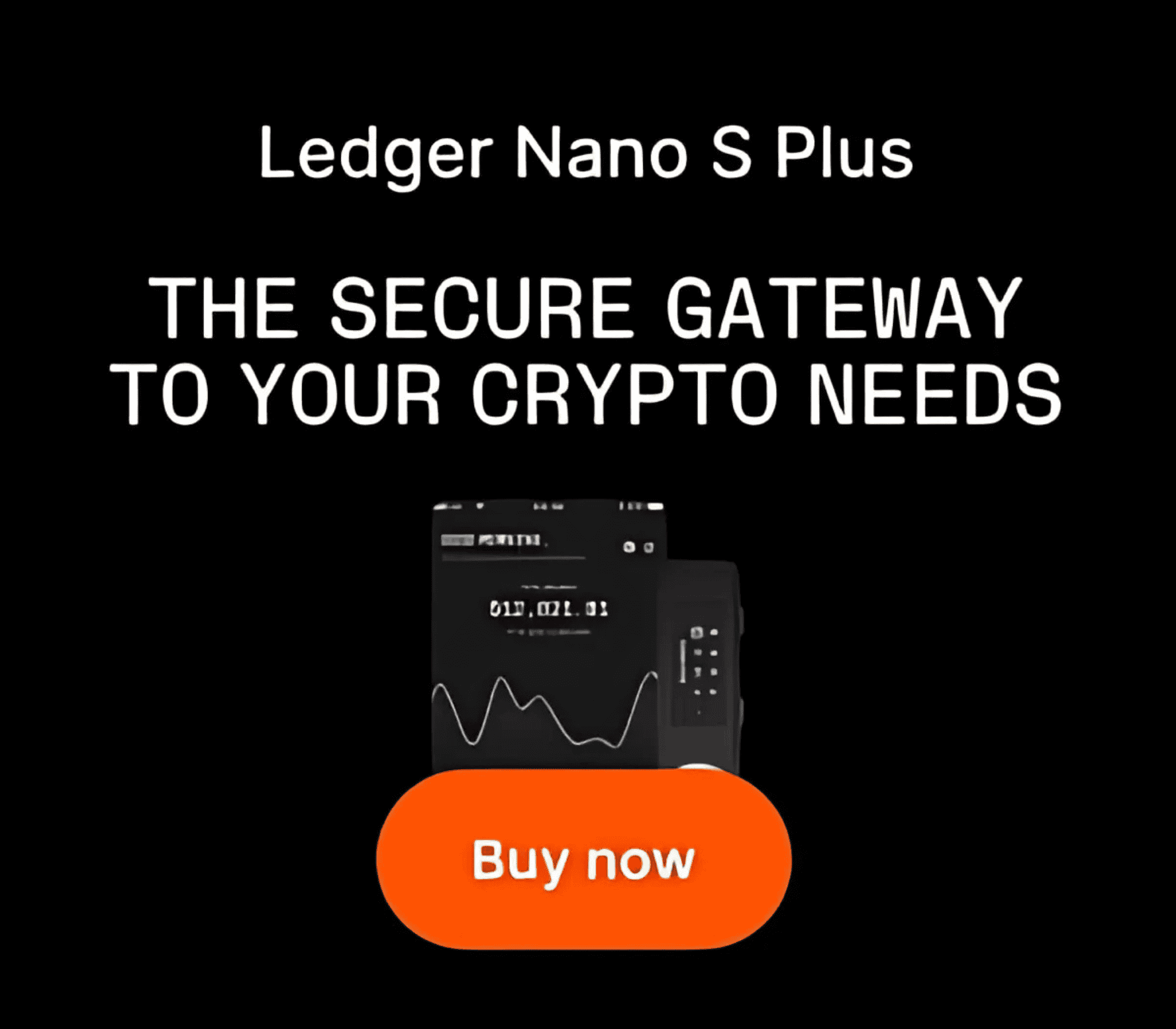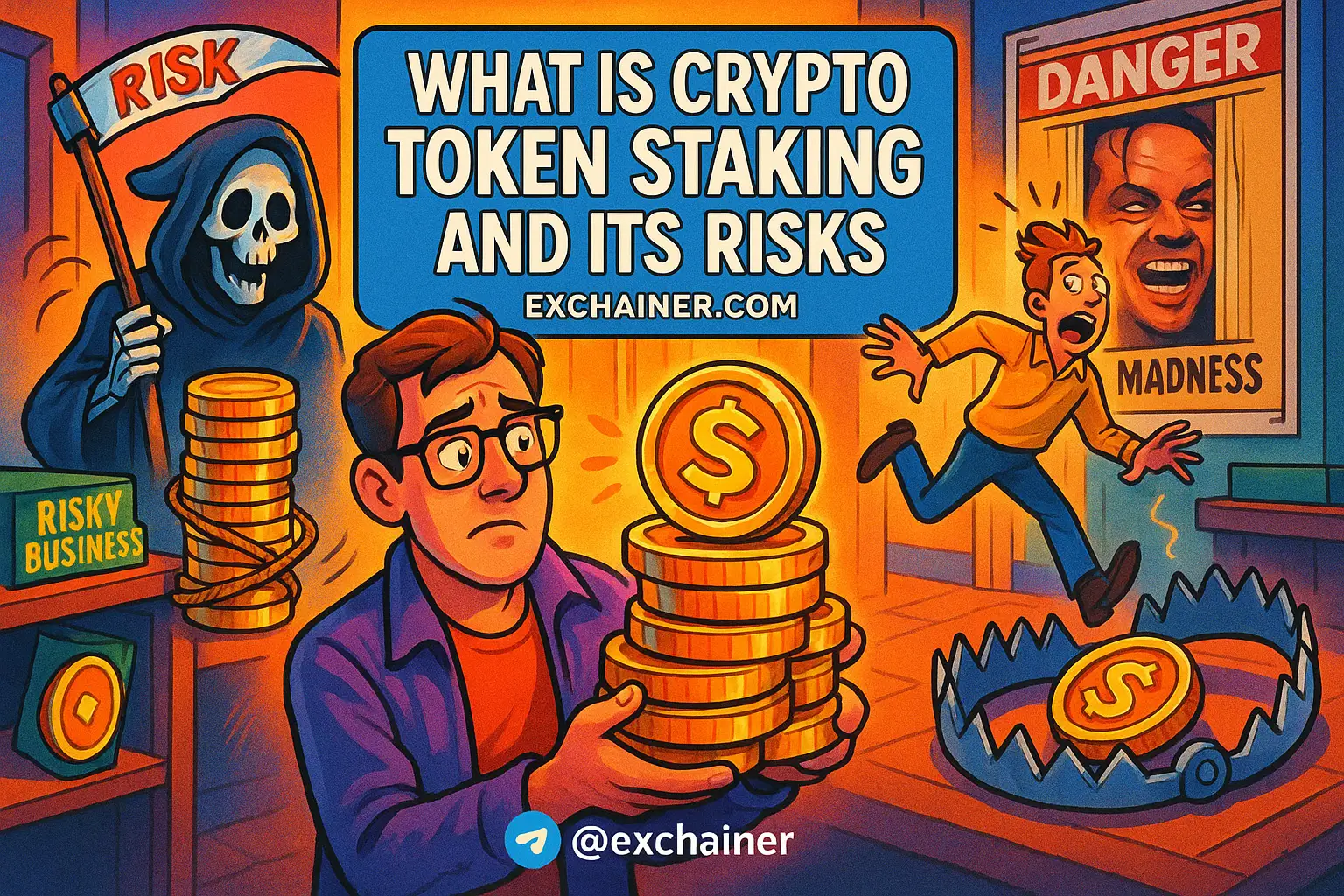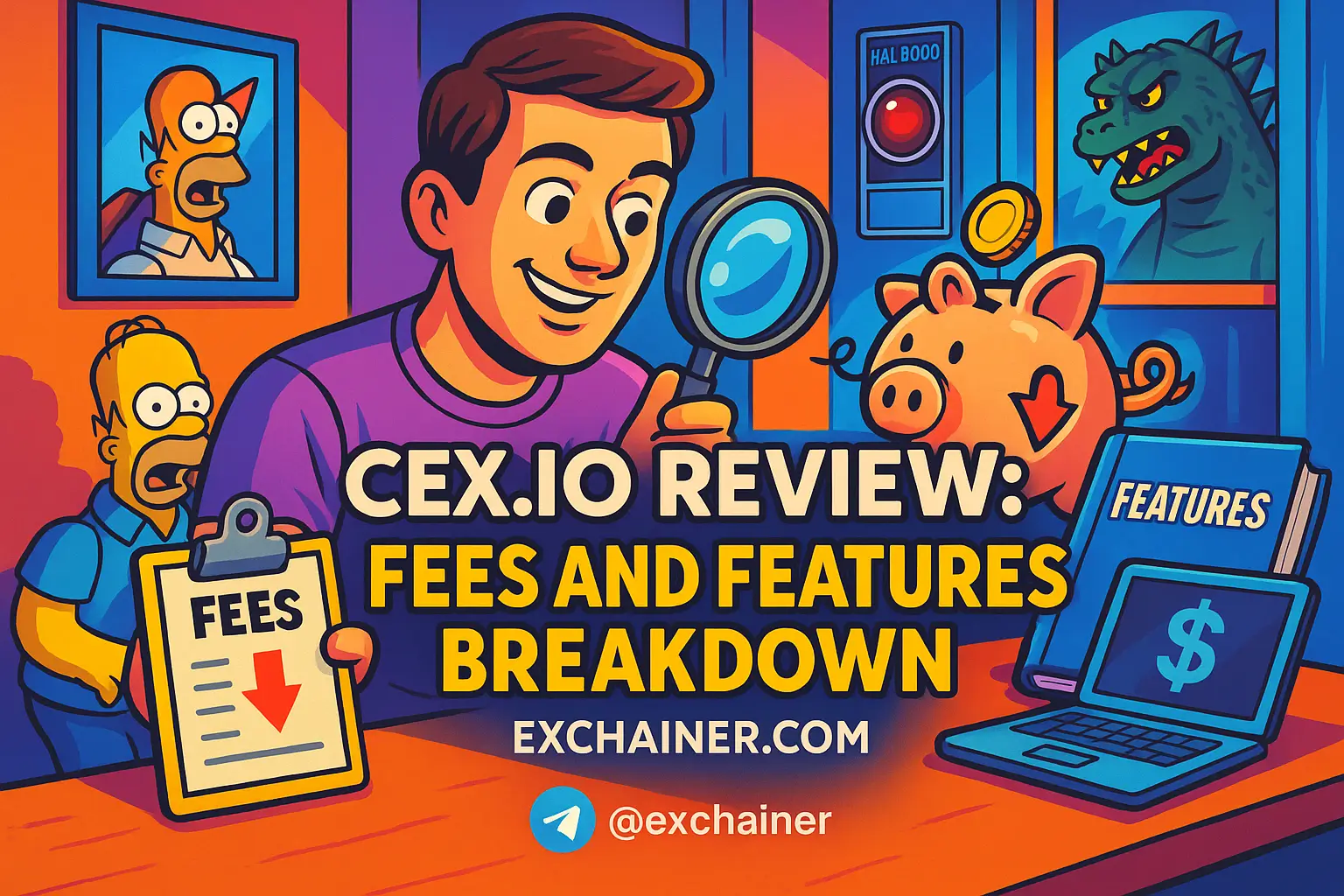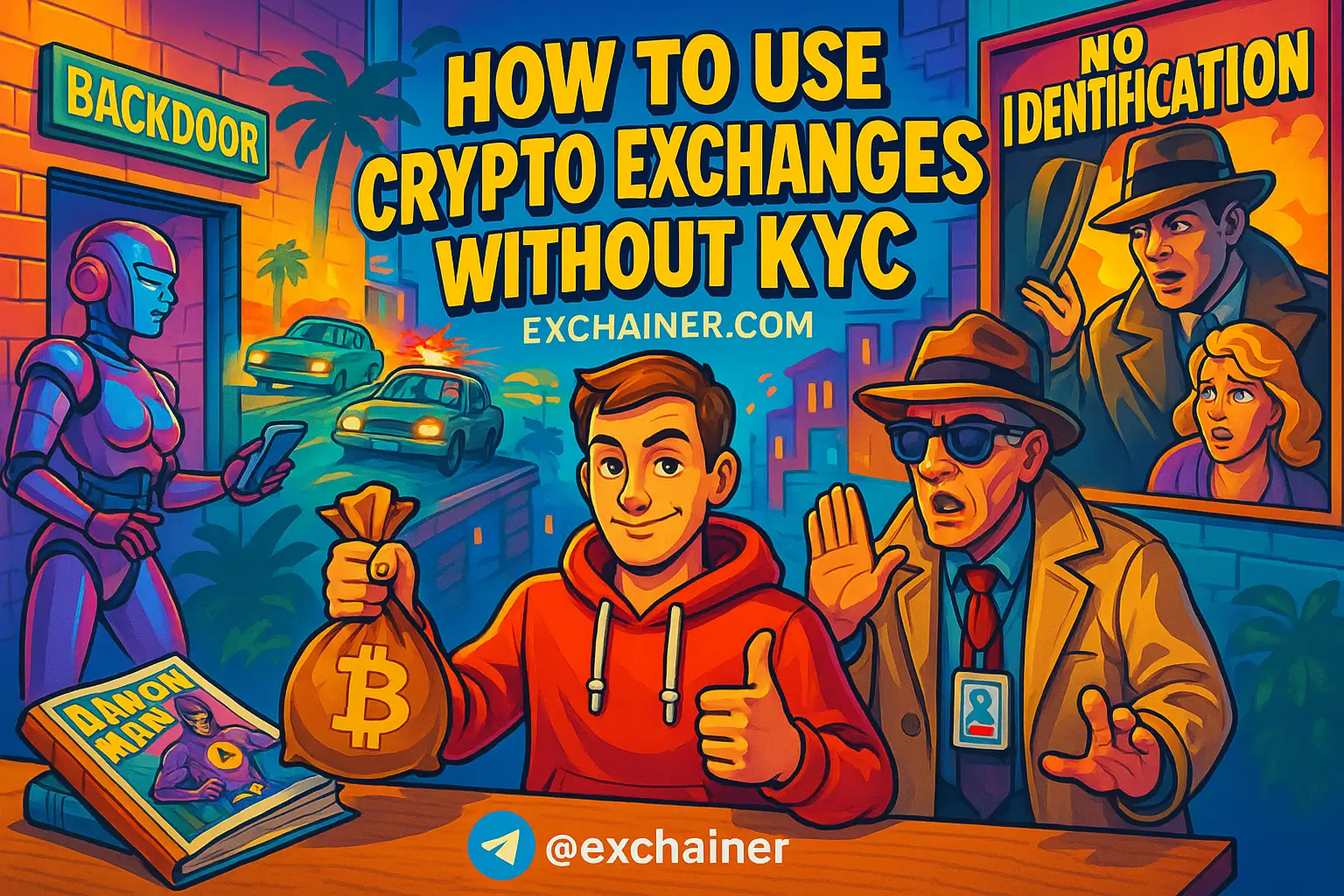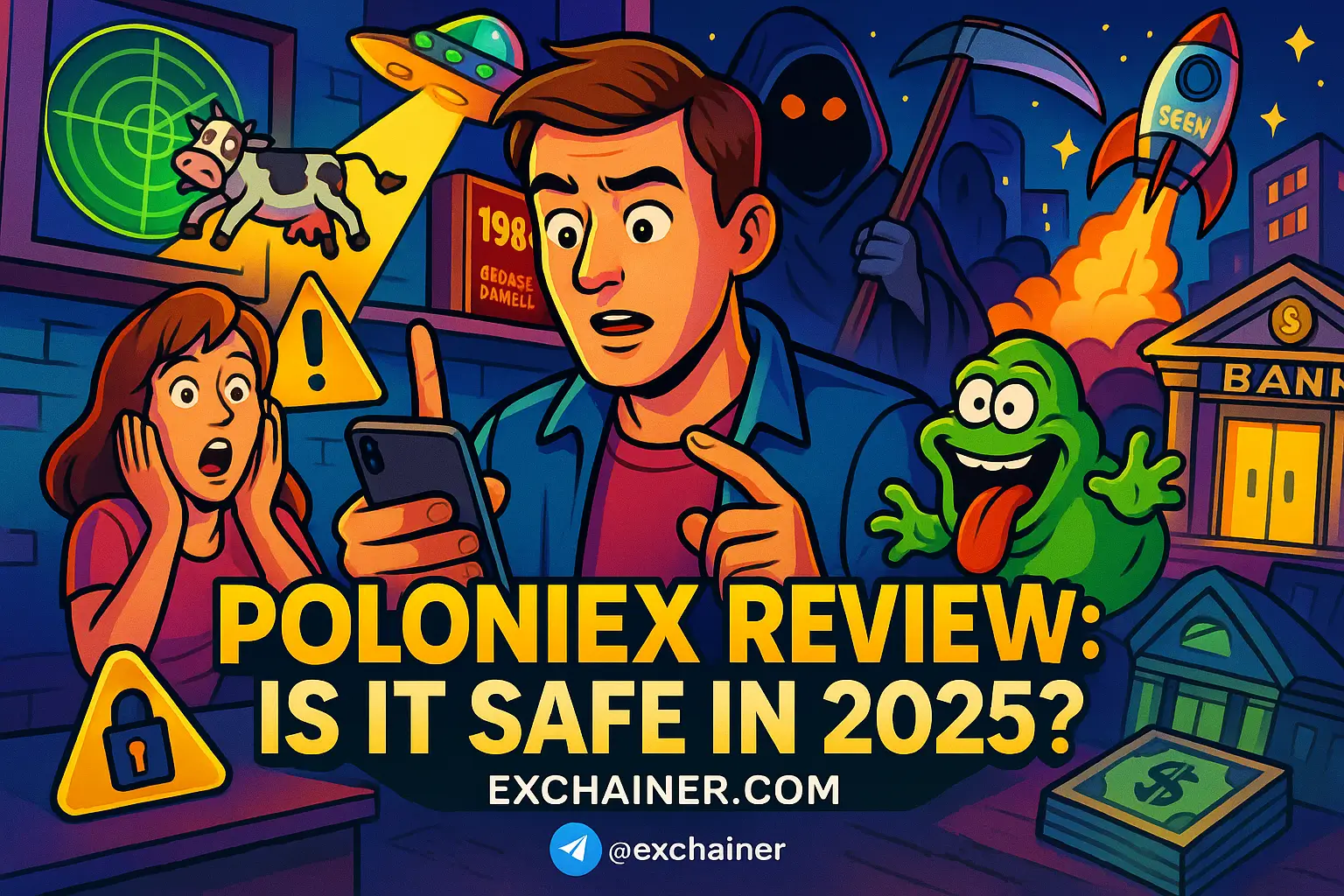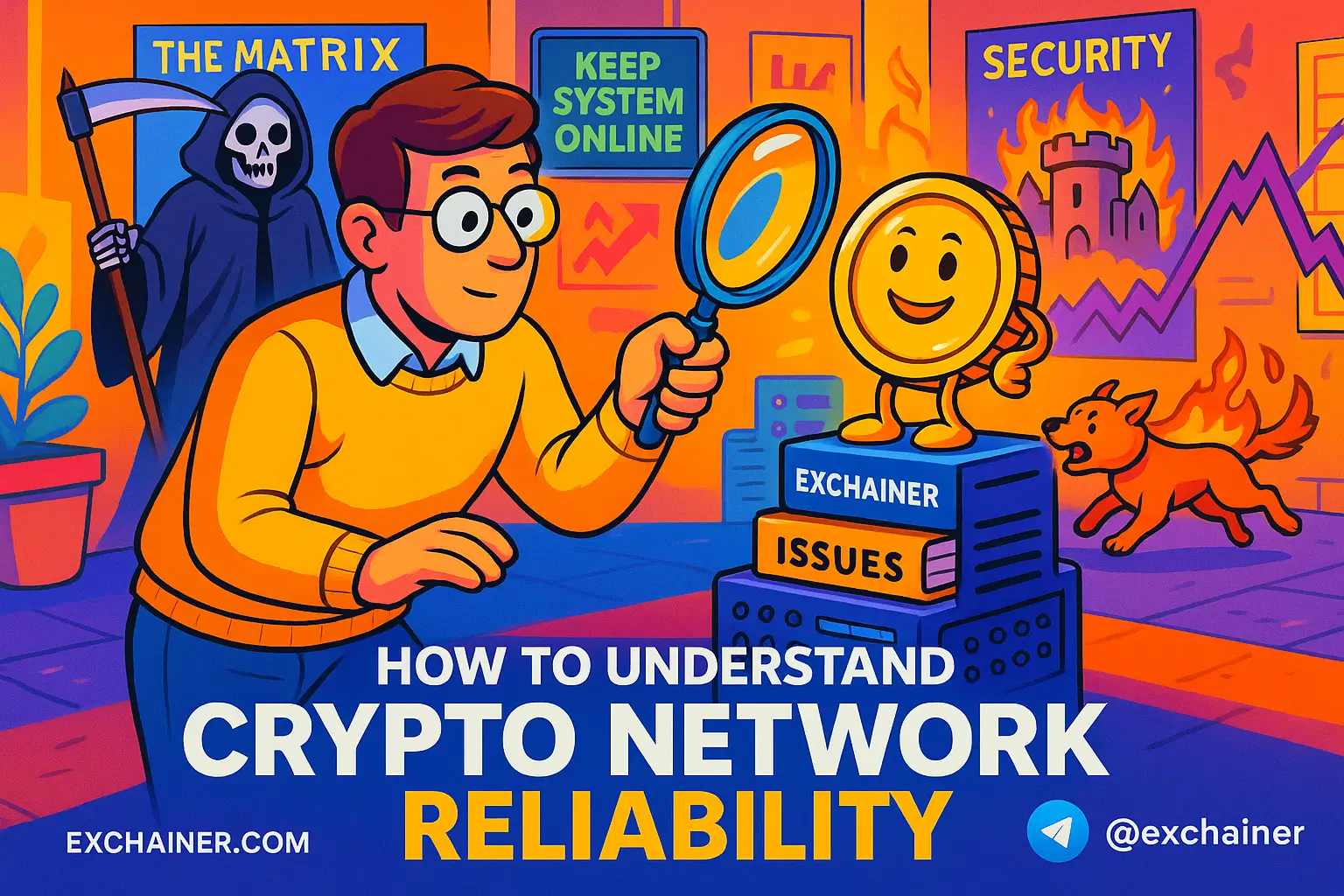Imagine a world where managing multiple cryptocurrencies across different blockchain networks is as easy as switching between apps on your smartphone. This is exactly what multi-chain wallets offer—a streamlined way to store, manage, and interact with various blockchain networks from a single interface. Whether you’re a seasoned investor or just starting out in the world of cryptocurrency, understanding how to use a multi-chain wallet is crucial for maximizing your digital assets.
In this article, we will dive into the essentials of multi-chain wallets. You will learn what a multi-chain wallet is, its benefits, and practical steps on how to use one effectively. By the end, you’ll be equipped with the knowledge necessary to navigate the exciting world of cryptocurrencies while keeping your digital assets secure. Let’s embark on this journey together to master the fundamentals of wallet multiple blockchains.
What is a Multi-Chain Wallet?
A multi-chain wallet is designed to hold assets from different blockchain networks in a single application. This innovative tool enables users to manage multiple cryptocurrencies without the hassle of switching between various wallets. Each blockchain, like Ethereum, Bitcoin, Binance Smart Chain, and others, typically requires its own wallet application. As the number of cryptocurrencies continues to grow, multi-chain wallets present an attractive solution for those looking to simplify their asset management.
Why Use Multi-Chain Wallets?
With more than 10,000 cryptocurrencies in existence, the convenience of using a multi-chain wallet becomes instantly clear. It not only allows users to control several assets from a single platform but also enhances the overall user experience in the cryptocurrency market. Here are some key benefits:
- Interoperability: Multi-chain wallets allow users to switch seamlessly between different blockchain networks. This capability is essential for interoperability in the evolving Web3 ecosystem, enabling users to engage with a broader range of decentralized applications (dApps) and services.
- Simplified Management: Instead of managing separate wallets for each blockchain, multi-chain wallets simplify the process by allowing users to view and manage all their assets in one place. This reduces the complexity of tracking multiple wallets and the respective seed phrases or private keys.
- Enhanced Security: Storing assets in a multi-chain wallet provides users the ability to reduce the risks associated with cryptocurrency exchanges, such as hacking. Through this approach, users maintain control over their funds.
Setting Up Your Multi-Chain Wallet
Now that you understand what multi-chain wallets are and their benefits, it’s time to get started. Below are clear and actionable steps on how to set up and use your wallet.
Step 1: Choose a Wallet Provider
The first step to getting started with your multi-chain wallet is to choose a reputable provider. Some popular options include:
- BitPay: Known for its user-friendly features that cater to beginners and seasoned crypto users alike.
- Trust Wallet: Developed by Binance, it supports a wide array of cryptocurrencies and offers an intuitive interface.
- Exodus: A desktop and mobile wallet offering comprehensive asset management and a sleek design.
Once you’ve made your choice, visit the official website or app store to download and install the wallet application.
Step 2: Create or Import a Wallet
After installing your selected wallet provider, you’ll need to create a new wallet or import an existing one. Here’s how:
- Create a New Wallet: Follow the provider’s instructions. This usually involves creating a strong password and generating a recovery phrase (seed phrase) that you must secure properly. This phrase is essential if you lose access to your wallet.
- Import an Existing Wallet: If you have an existing wallet, you can import it using the recovery phrase associated with that wallet. Again, this step typically includes setting up your security measures.
Connecting to Blockchains
With your wallet set up, let’s explore how to connect it to various blockchain networks.
Step 3: Select Blockchains and Assets
Depending on the wallet, you may have options to choose which blockchain networks and cryptocurrencies you wish to manage. Here’s a general guide:
- Navigate to your wallet interface.
- Look for an option such as “Add Blockchain” or “Manage Networks.”
- Select the desired blockchain(s) and any associated digital assets. Most multi-chain wallets allow you to add or remove assets as needed.
Step 4: Switch Between Networks
Once your wallet is configured, you can connect to your chosen blockchain networks. Here’s how to do that effectively:
- Connect to Different Blockchains: This is often achieved through a dropdown menu or a similar interface within the wallet. Ensure you understand which network you are on, as transactions across different blockchains may involve additional steps or considerations.
- Switching Networks: Switching between blockchain networks is usually straightforward. Just click on the desired network to manage your respective assets. Always ensure you are connected to the right network before making any transactions to prevent potential loss of assets.
Step 5: Managing Your Assets
Managing your assets is one of the main benefits of using a multi-chain wallet. Here’s what you can do:
- View Balances: Use your multi-chain wallet to easily view the balances of all your assets across different blockchains, providing a comprehensive overview of your cryptocurrency holdings.
- Transfer Assets: Executing transactions across different blockchains is seamless. Just ensure you double-check the network you are using to avoid sending assets to the wrong chain. Each transaction may involve network fees, which can vary from one blockchain to another.
Securing Your Multi-Chain Wallet
Security is paramount in the cryptocurrency space. Here are definitive measures to enhance the safety of your multi-chain wallet:
Step 6: Backup Your Wallet
Always back up your recovery phrase securely. This ensures you can recover your assets if your device is lost, stolen, or damaged. Store it in a safe place and consider keeping a copy in another secure location.
Step 7: Use Strong Security Measures
Implement additional security features such as two-factor authentication (2FA) and secret words to protect your wallet. These extra layers of security can dramatically reduce the chances of unauthorized access.
Expanding Your Multi-Chain Wallet Capabilities
As you get more accustomed to using your wallet, there are numerous ways to expand its capabilities:
Step 8: Add More Blockchains
As your cryptocurrency knowledge grows, consider adding support for additional blockchain networks. This expands your access to a wider range of dApps and services, allowing you to maximize your potential in the crypto space.
Step 9: Explore New Features
Many wallets continue to evolve and offer new features and integrations. Stay updated with their latest developments through their websites or social media. This approach keeps your wallet optimally optimized for both security and usability.
Conclusion
In today’s fast-paced digital landscape, multi-chain wallets have become increasingly essential for anyone involved in cryptocurrency and Web3 technologies. By understanding how to use these wallets effectively, you unlock a more streamlined and secure way to manage your digital assets. Whether you are a seasoned investor or just beginning, embracing multi-chain wallets is a step towards a more integrated and interoperable blockchain ecosystem.
Your journey doesn’t have to stop here! Explore more guides on Exchainer.com for insights on basic crypto concepts, check out exchange reviews to find the best trading platforms, get the latest updates from our news section, and discover essential tools and wallets in our Tools and Wallets category!
Explore Related Articles:
- OKX Exchange Review 2025: Features, Fees, and Trading Insights
- What Are NFTs and Why Are They So Popular?
- Bybit Review 2025: Features, Fees, and Trading Tools
- Binance Review 2025: Detailed Analysis of Features and Fees
- What Is Cryptocurrency and How Does It Work in 2025?
- What Is Blockchain and How Does It Work?
Ready to dive deeper into the world of cryptocurrency and stay updated with the latest trends? Join our vibrant community on social media! Follow us on YouTube for insightful videos, connect with us on X for real-time updates, explore stunning visuals on Instagram, and engage with our community on Facebook.




